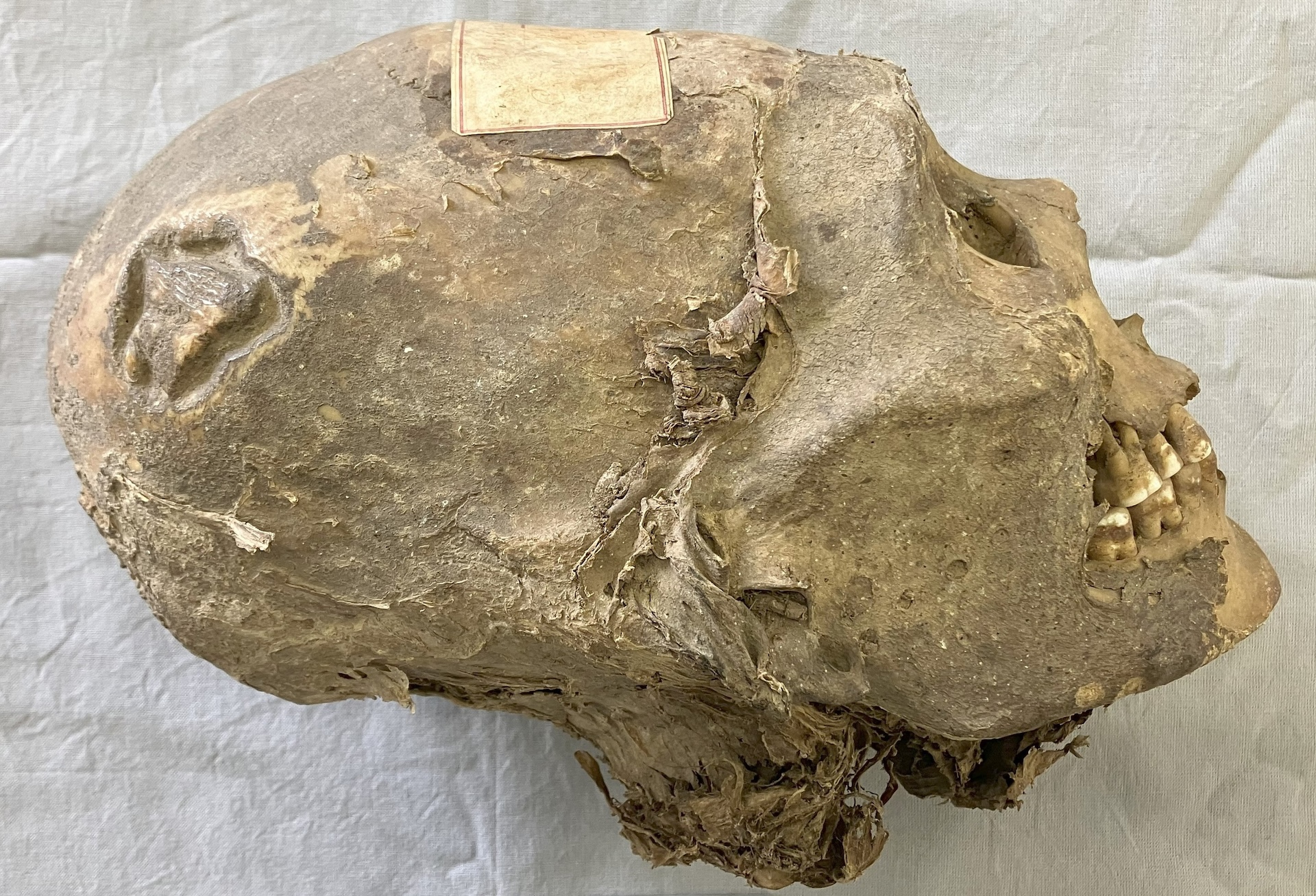Nature's Own New Year Fireworks
If all goes to plan, my research colleagues and I will have front row seats to spectacular New Year fireworks. These are not the artificial bangs and whistles that shoot a few hundred yards into the sky, but the awe-inspiring impact of cosmic dust moving at astronomical speeds. These bits of comet dust travel through space faster than Santa's sled, spanning the distance from Los Angeles to New York in a mere minute and a half. When they hit Earth, the impact of a grain of sand shines so brightly it can be seen for hundreds of miles around. They are called "meteors."
These celestial New Year's fireworks will be a few days later than our normal celebration. The annual Quadrantid meteor shower will have its peak in the early morning of January 4. In some years, this is our most intense annual shower with peak rates of over 100 visible per hour. The waning moon will not disturb viewing too much.
The Quadrantids elude regular observations because the shower is visible only from the Northern Hemisphere, where the weather in early January is usually brutal. Moreover, the shower radiant (the direction from which the meteoroids approach us) sinks below the horizon before midnight at many sites, only to rise again in the early morning hours. This means that the shower is normally weak in the early evening, absent around midnight, and best seen only for a few hours in the early morning. That is, if the peak of the shower happens in the pre-dawn hours, but we do not know for certain when the shower peaks.
Unfortunately, our calculations show that the peak of the shower may well vary by as much as 7 hours. With a shower that is only 8.5 hours wide, that uncertainty is a real problem.
The Quadrantid shower is typical of most other known meteor showers in that there is no known active parent comet. Searches for the parent body that produced the Quadrantids were fruitless until 2003, when I identified the near-Earth asteroid 2003 EH1 as the likely source of the Quadrantid shower. But 2003 EH1 is not an active comet. Instead, I suspect that the stream originated from a breakup event some 500 years ago. Between December 1490 and February 1491, observers in China, Korea, and Japan spotted a comet C/1490 Y1 that moved in the same plane as the Quadrantids. Could this have been the moment of breakup? And what type of breakup was involved?
One way to find out when and how the Quadrantid stream was created is to measure how strong Jupiter perturbs the stream. The orbit of the Quadrantids is steeply inclined, with one node at Earth's orbit and another at Jupiter's orbit. If the stream is as young as 500 years, as I think, then the stream is still narrow when it passes by Jupiter's orbit. Jupiter's influence will be enormous, changing both the peak time and the peak rate from year to year. For 2008, our best model for dust ejected during a breakup in 1490 predicts a peak at about 2h UTC on January 4. In that case, the best viewing would be over Europe and western Asia.
To see how many meteors to expect from your own observing site, if the peak is at 2h UTC, check out the website: http://quadrantid.seti.org
Get the world’s most fascinating discoveries delivered straight to your inbox.
On the other hand, the shower could be more diffuse at Jupiter's orbit, because it is older, or because the breakup generated a wider range of orbits than in our model. In that case, the stream should return much the same year after year. In 1997, the shower appears to have peaked at solar longitude 283.20, which would translate to 07:37 UTC on 4 January 2008. In that case, the shower should be strongest in the early morning hours of January 4 over the Eastern USA.
We plan to find out. Fourteen researchers from NASA Ames, the SETI Institute, Lockheed Martin, Caltech, and other institutes are gearing up for an exciting mission. Just last week, we received the green light to observe the Quadrantid shower from a Gulfstream V aircraft in a mission similar to our campaign to study the September 1 Aurigids. The aircraft will bring us to 47,000 ft, above most of the weather. If all goes to plan, we will leave San Jose in the late afternoon of January 3 and fly north. While the Earth rotates and forces the radiant to move lower to the horizon, we will move to compensate by flying to higher latitudes. Once the radiant has reached its lowest point, we turn around and fly back. This way, we keep the radiant throughout the flight between 15 and 25 degrees elevation.
This will be the first time that the Quadrantid shower will be observed under nearly constant observing conditions for over 9 hours. We will soon know which scenario holds. We hope that next year, the peak time of the Quadrantid shower will no longer be a mystery and we can confidently invite all of you to join us in nature's own way of starting the new year with a bang. First updates of the mission will be posted at: http://quadrantid.seti.org.
Happy new year!
- Video Player: Leonids at Jarnac
- VIDEO: Take One Asteroid
- Meteors and Meteor Showers: The Science
- All About Meteors
